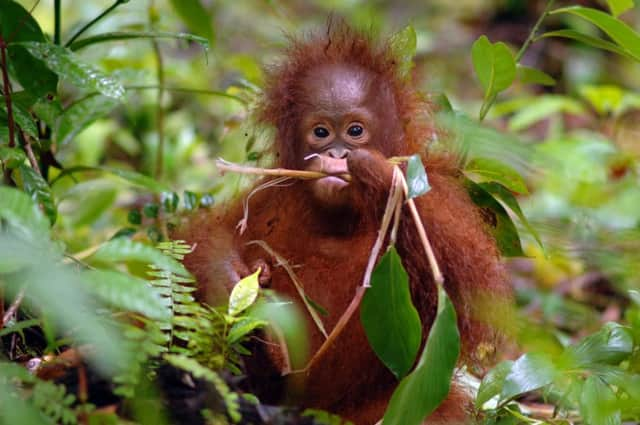Scots scientists lead way in bid to save orang-utan


Tropical botanist Dr Peter Wilkie, of the Royal Botanic Garden Edinburgh (RBGE), is part of a vital vanguard preparing to advance conservation research in the “biodiversity hotspot” of Sarawak on Borneo, home to the enigmatic great ape.
He said: “When most people look at an orang-utan, they don’t tend to focus on what it is hanging from or the fruit it is eating.
Advertisement
Hide AdAdvertisement
Hide Ad“But if we want to ensure the survival of these amazing animals we need to ensure the survival of the plants they depend upon.
“Orang-utans rely on the trees, and one of the big things scientists are trying to get across is that if you want orang-utans, you need the forests.
“We need to understand what they eat, how they disperse the fruit and how the orang-utans interact with the forest at all different levels.
“We will go there and identify the trees, and work with other researchers to figure out what the orang-utans are eating and why, and how that helps develop and maintain the forest.”
Sarawak is a Malaysian state stretching along Borneo’s northwest coast, and known for the rugged, dense rainforest of its interior.
The orang-utan is only found in parts of Borneo and parts of Sumatra.
On both islands their habitats are severely threatened by the increase of human activities like logging, mining, forest fires and the ongoing construction of palm oil plantations.
Currently the orang-utans of Sumatra are critically endangered, with only a few thousand left. On Borneo, there are thought to be fewer than 50,000.